Gorgeous!These 42 huge asteroids look very different!
Author:Astronomy online Time:2022.06.08
42 largest asteroids are arranged into a ring around the shape of the track.
Observing the 42 largest asteroids (not the real proportion of orbit) between the main asteroid belt between the Mars and Jupiter. The asteroid of the details. Note that each of them is different. In Mars and Jupiter's asteroids, there are millions of rock body compositions, and there are planets of various sizes from pebble to dwarf stars. Most of them are difficult to observe, even if they use the best telescope, because they are too small and too far. This month, astronomers at the European Observation Station said they got new photos of these 42 largest asteroids. These photos show the details of these asteroids at the level that has never reached the previous ground telescope.
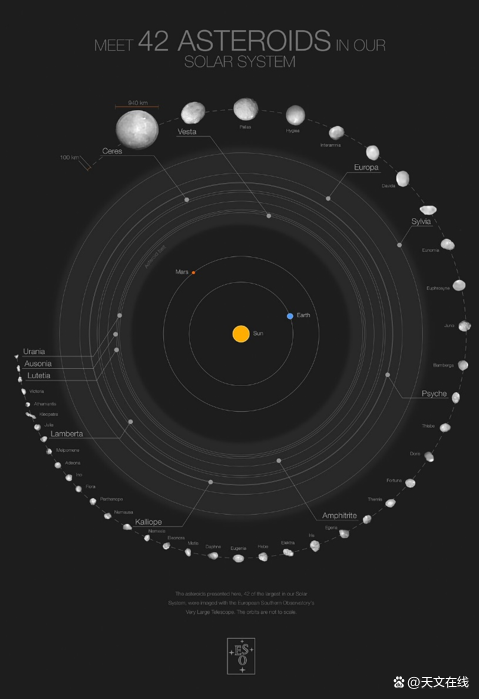
On October 12, these astronomers published their results on the journal \"astronomy and celestial physics\" reviewed by their peers.
A New Look at 42 of the Larges Asteroids
The new look of the largest 42 asteroid
Astronomers used the Chile's large telescope to make these new photos. The photo shows a lot of shapes, with spherical and dog bones. Pierre Vernazza from the French Marseille Celestial Physics Lab and his colleagues conducted a comprehensive survey of the largest celestial bodies bands in the asteroids between 2017 and 2019. Vernazza said that only three of them had very detailed photos in the space cabin.

So far, there are only three larger CERES, VESTA and Lutetia of the main asteroid belt, because NASA and ESA's DAWN and Rosetta tasks are respectively respectively I visited there. Our ESO is more targets, with a total of 42 small planets, providing clear images.
This synthetic photo shows the 42 largest asteroids with the main asteroid, just as the SPHERE (SPECTRO high comparison polarization measurement system of SPECTRO high comparison polarization measurement) device on the large telescope VLT observes. Their size range is between 56 miles (90 kilometers) and 584 miles (940 kilometers). Figure 2, the image is made of Mistral algorithm (French National Aviation Universe Research Center/ National Science Research Center of France).
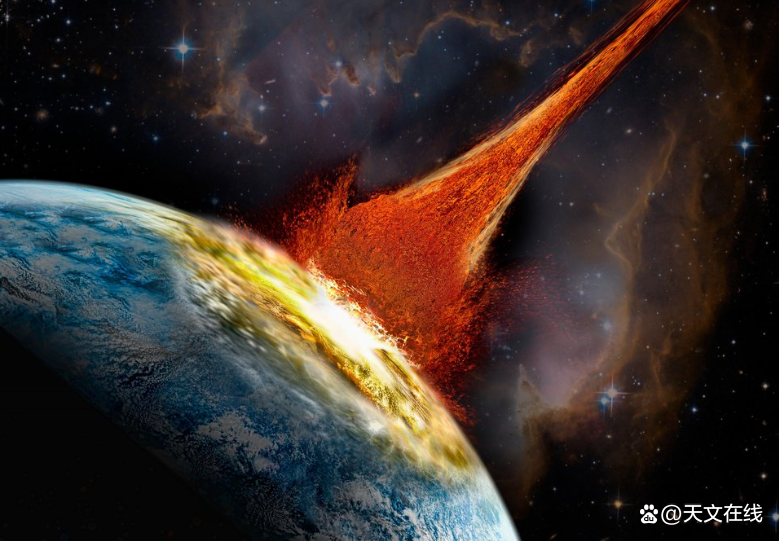
Two types of asteroids
Small asteroids can be divided into two basic categories: spherical and slender. For example CERES, almost perfect spherical (also classified as a dwarf), while smaller Kleopatra looks like a dog bone.
Most of these 42 asteroids are greater than 62 miles (100 kilometers). Researchers have also produced 20 images of 23 asteroids greater than 124 miles (200 kilometers).
Asteroids not only have different shapes, but also have different density. At the bottom, the density of the four asteroids is (0.75 ounce per cubic foot), which is about the density of coal, including the asteroid Lamberta and Sylvia. The two most dense asteroids are Psyche and Kallious. Their density is (2.25 and 2.5 ounce per cubic foot), which is higher than the density of diamonds. As a control, the density of diamonds is about (2 ounces per cubic foot per square foot. To.
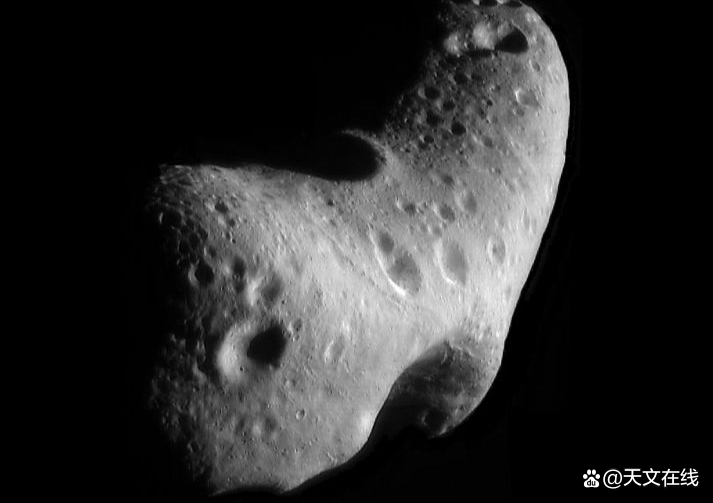
Researchers said that the different density of these small asteroids provided clues for their birth. Josef Hanuš, the co -author of the University of Prage, Prage, the Republic of the Czech Republic, explained:
Our observation provides strong support for the material migration of these celestial bodies. In simple terms, their components have such huge differences that can only be explained as they originated in different areas that penetrate the entire solar system.

Researchers used the SPHERE device on VLT to better determine the shape and other characteristics of small asteroid ground. The co -author Laurent Jorda said:
to improve the sphere of performance, and the fact that the shape of the largest main asteroid knows very little, we can get some major breakthroughs in this regard.
Future Observation
Next, astronomers will be able to use the upcoming ELT (Big Telescope) to imagine these and other small asteroids. This telescope is still under construction and will start operation later in 10 years. This is an important improvement for VLT.
ELT's main asteroid observation station will enable us to study the celestial body from 35 to 80 kilometers (22 to 50 miles).
depends on their position and size in the asteroid belt About 10 to 25 kilometers (6 to 16 miles) meteor pits. If you have a SPHERE device in ELT, we can even imagine a similar celestial instance with a similar celestial body with Kuiper. This means that we can characterize the geological history of more small celestial instances from the ground.

These photos come from Sphere on VLT, which are CERES (left) and VESTA (right). They are the two largest asteroids in the main asteroid belt beltEssence

AUSONIA and Urania are two smallest planets shot by SPHERE devices on VLT.
How big is the asteroid?
If you want to have a better concept of the size of the asteroid, you can watch this video here, from MeatballStudios.The relative size of 22 different small asteroids presents from a small 2008TC3 to the huge Ceres.
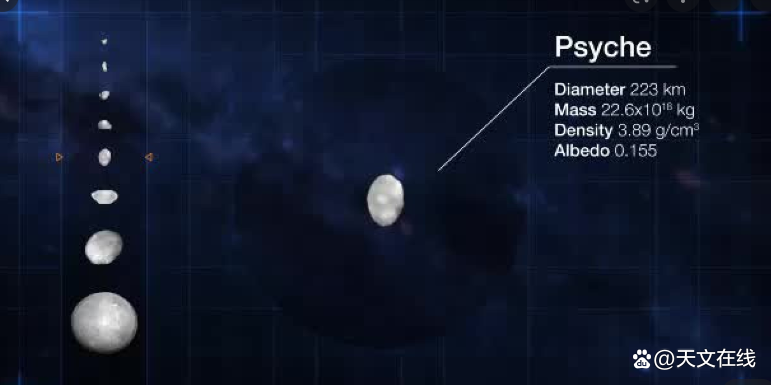
Some of them are on the belt of the Lord's asteroid, but 10 of them are so -called nearly celestial bodies.Some of them may be dangerous, that is, they have the opportunity to hit the earth one day.
Summary: Astronomers and European Astronomical Terrace (ESO) have received new more more detailed images of the small asteroids with 42 largest small asteroids.They have a variety of shapes, from spherical to dog bones.
by: Paul Scott Anderson
FY: Ian Goodman
If there is related content infringement, please contact the author to delete after the work is released.Get authorized and pay attention to maintaining integrity and indicating the source
- END -
"Yunnan Medical Insurance" WeChat Mini Program is online!It is enough to investigate medical insurance and run a mobile phone

notSource: Yunnan Medical Security BureauEditor: Li XuanhangEditor in charge: Shi ...
Senior "poor" survival guide.doc
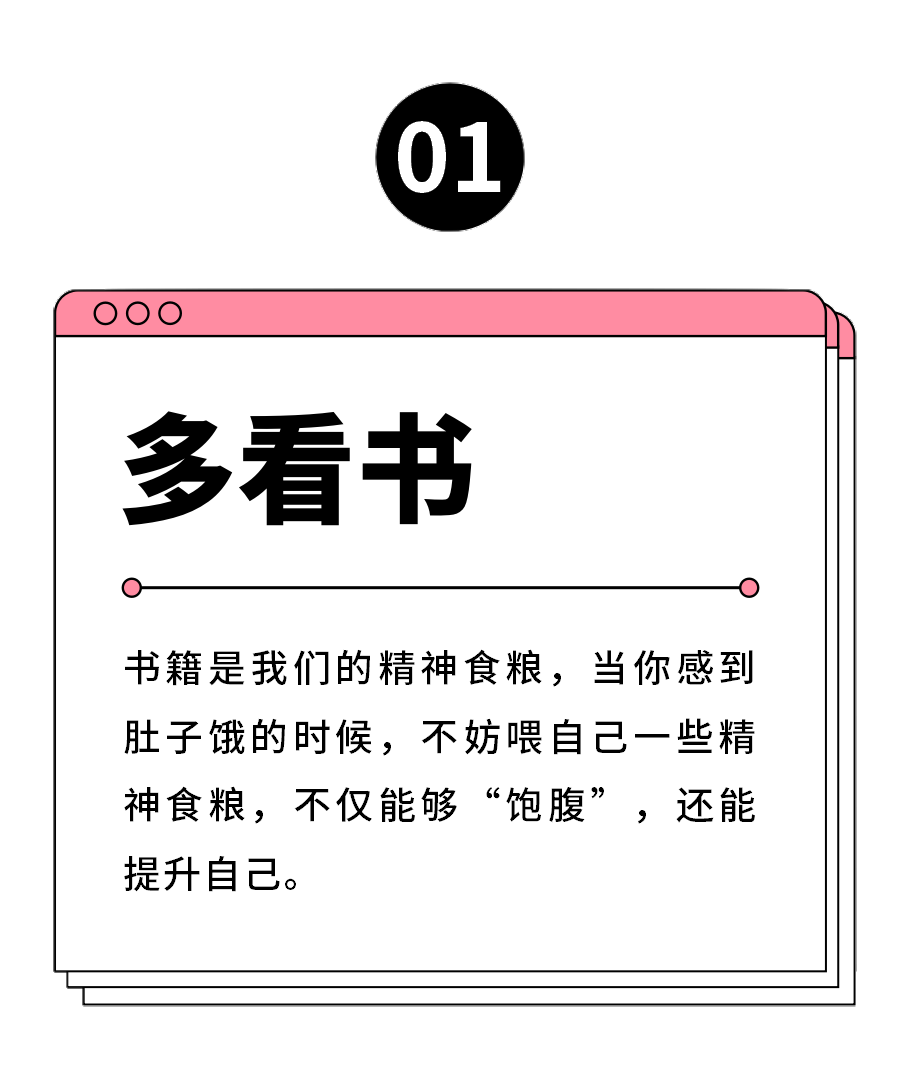
The annual 618 carnival is here againMany workers have already filled the shopping...